Czech Republic, UNESCO country
Known to be one of the countries having the highest numbers of castles and chateaux, Czech Republic is a landlocked country located in Central Europe.
One of the most impressive factors of Czech Republic is that it has extremely well-kept historical sites. Known to be one of the countries having the highest numbers of castles and chateaux this architectural wonder is teeming with magnificent UNESCO Heritage sites. Be it Prague, one of the most beautiful historical cities in the world with more than 1000 years of building or the fairytale town of Cesky Krumlov full of medieval character, the richly decorated Renaissance chateau Litomyšl or the ancient silver mining town of Kutna Hora famous for its bone church and Czech Republic will be guaranteed to transport you back to the time of Kings and Queens and convert you into a history buff.
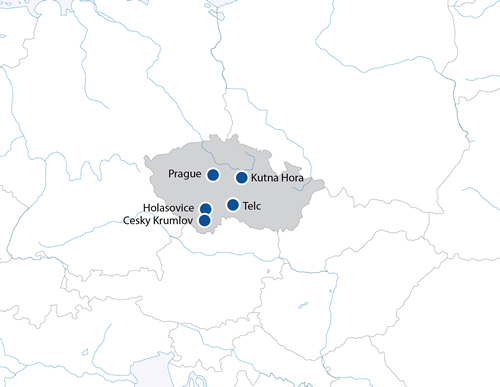
- Prague is one of a few destinations that are definitely worth being discovered on foot. Our walking tour will therefore highlight monuments located in the very city centre such as Wenceslas Square, actually a boulevard more than a square, guarded by National Museum building at its top, Municipal House (Obecní dům), a venue for prestigious cultural events such as the opening concert for the annual Prague Spring International Music Festival since 1946 and of course the reputed Old Town Square
with its Town Hall and Astronomical Clock showing twelve apostles, Jesus Christ’s disciples, when the clock strikes on the hour. - Overnight Prague.
- Talking about historical or cultural significance of Prague is very similar to bringing the proverbial owls to Athens. No descriptions or observations would be enough to cover its historical, architectural, artistic and cultural value. Prague Castle, considered by the Guinness Book of Records as the largest coherent castle complex of the world was included in the UNESCO World Heritage List in 1992, representing in fact several centuries in one location. Its neighbouring Castle Quarter (Hradčany) and Lesser Town of Prague (Malá Strana) are more than neighbours, supporting the castle’s beauty and elegance but also elegance and beauty of their own.
- Overnight Prague.
- Kutná Hora is a picturesque medieval town included in the UNESCO World Heritage List. Its wealth and glory came from silver mines that were most heavily exploited in the 14th and 15th centuries. At that time, the town’s importance was almost matching the significance of Prague. The most outstanding and impressive sights are the Gothic Cathedral of St. Barbara, the patron of miners, Italian Court (Vlašský dvůr), once upon a time the Royal Mint producing the famous Prague Groschen coins, or the nearby Hrádek, the castle which has finally become the Czech Museum of Silver in the end.
- Overnight Prague.
- First mentioned in the mid-13th century, Holašovice village has experienced two destructive strikes in the course of time: the plague epidemics in the 16th century and the World War II, during which it was adjoined to the German Empire. In 1946, the German inhabitants were expelled and most of the village buildings were confiscated in favour of the Czechs. However, as the post-War repairs have left the whole setting almost intact, the village could be easily recognized as an example of a preserved
countryside settlement, with well–deserved inclusion in the UNESCO List of World Cultural Values in 1998. - Overnight Český Krumlov.
- The city’s historical, architectural and cultural value is yet strengthened by its picturesque location on the meander of the Vltava River flowing almost through its historical centre. The magnificent urban complex includes over 300 historical buildings while the amazing castle on a hill above comprises over 40 buildings, 5 courtyards and spacious gardens with a unique technical curiosity, open-air rotary amphitheater first opened in 1958. The town simply deserved to be included in the UNESCO World Heritage List in 1992.
- Overnight Český Krumlov.
- The capital of South Bohemia was founded in 1265. It has one of the largest squares in central Europe (133m x 133 m) and a number of valuable monuments together declared a preserved city area. It was a terminus for the first ever European horse-drawn railway, built here in 1825–1832, and it is home to the world famous Budweiser Budvar beer the history of which dates back to 1895. However, the beer production in the region reaches the
years of city’s foundation when České Budějovice obtained also a privilege of brewing. The city centre was thoroughly reconstructed after the catastrophic floods in 2002. - Overnight Český Krumlov.
- Included in UNESCO World Heritage List in 1992, Telč seems to begin its history from a foundation of small chapel in 1099.
However, its rapid expansion came only after 1354, interrupted by destructive religious Hussite wars in the 15th century, from which it had a long recovery, turning from the Gothic into Renaissance architectural style in the second half of the 16th century when the town centre acquired its appearance admired until today. Suffering again under Swedish troops during the infamous Thirty Year War, it eventually enjoyed essential development in the 18th and 19th centuries, finally being connected with the surrounding world via a railway line. - On arrival in Prague, even though really late afternoon, you may still feel free to enjoy evening explorations of this fascinating city.
- Overnight Prague.
- Check-out of the hotel, transfer to the Prague Airport, departure.
Prague – Prague Castle & City Centre (included in UNESCO World
Heritage List since 1992)
Talking about historical or cultural significance of Prague is very
similar to bringing the proverbial owls to Athens.
No descriptions or observations would be enough to cover its historical, architectural, artistic and cultural value. Prague Castle, considered by the Guinness Book of Records as the largest coherent castle complex of the world was included in the UNESCO World Heritage List in 1992, representing in fact several centuries in one location. Its neighboring Castle Quarter (Hradčany) and Lesser Town of Prague (Malá Strana) are more than neighbors, supporting the castle’s beauty and elegance but also having elegance and beauty of their own.
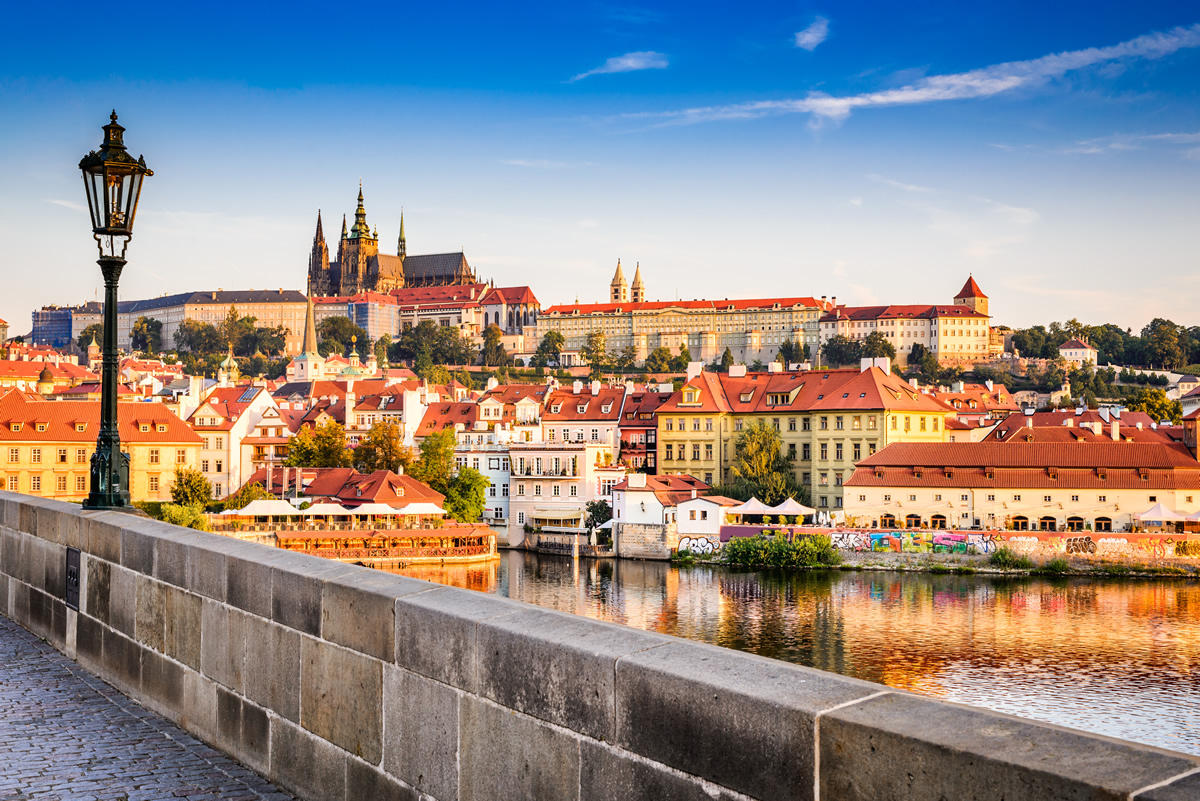
Kutná Hora – St. Barbara Temple (included in UNESCO World Heritage List since 1995)
The wealth and glory of the city comes from silver mines that were most heavily exploited in the 14th and 15th centuries.
At that time, the town’s importance was almost matching the significance of Prague. The most outstanding and impressive sights are the Gothic Cathedral of St. Barbara, the patron of miners, Italian Court (Vlašský dvůr), once upon a time the Royal Mint producing the famous Prague Groschen coins, or the nearby Hrádek, the castle which has finally become the Czech Museum of Silver in the end.
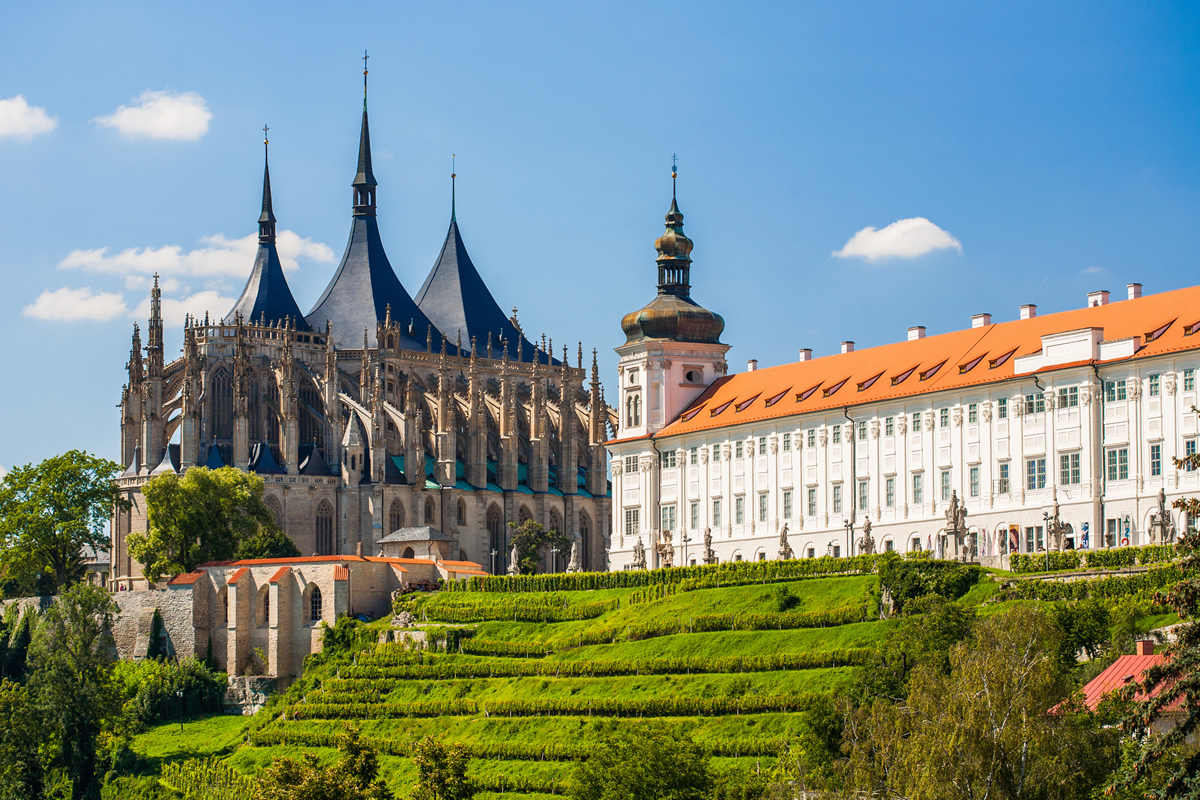
Český Krumlov – City Centre & Castle (included in UNESCO World Heritage List since 1992)
Becoming still more popular to thousands of visitors to the Czech Republic, Český Krumlov remains a historical, architectural and cultural monument, the value of which is yet strengthened by its picturesque location on the meander of the Vltava River flowing almost through its historical centre.
The town is magnificent urban complex with over 300 historical buildings and an absolutely unique atmosphere.
A visit here is a never ending exploration through the maze of crooked alleys, discovery of hidden corners and a rewarding experience that is hard to forget. The amazing castle on a hill above the town is a complex of over 40 buildings, 5 courtyards and spacious gardens hiding a unique technical curiosity, open-air rotary amphitheatre first opened in 1958. No wonder that Český Krumlov simply
cannot be missing on the UNESCO World Heritage List where it was included in 1992.
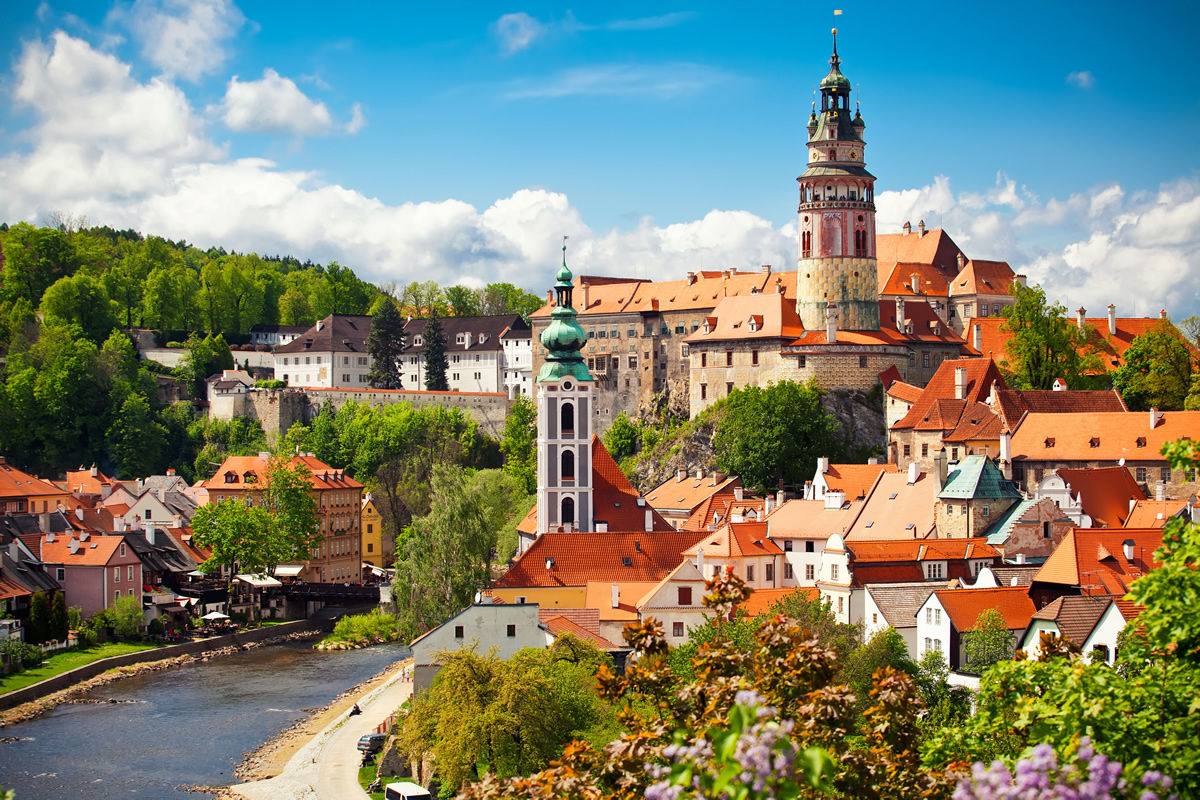
Holašovice (included in UNESCO World Heritage List since 1998)
First mentioned in the mid-13th century, the village has experienced two destructive strikes in the course of time: the plague epidemics in the 16th century and World War II, during which it was adjoined to the German Empire.
In 1946, the German inhabitants were expelled and most of the village buildings were confiscated in favour of the Czechs. However, as the post-war repairs have left the whole setting almost intact, the village could be easily recognized as an example of a preserved countryside settlement, with well–deserved inclusion in the UNESCO List of World Cultural Values in 1998.
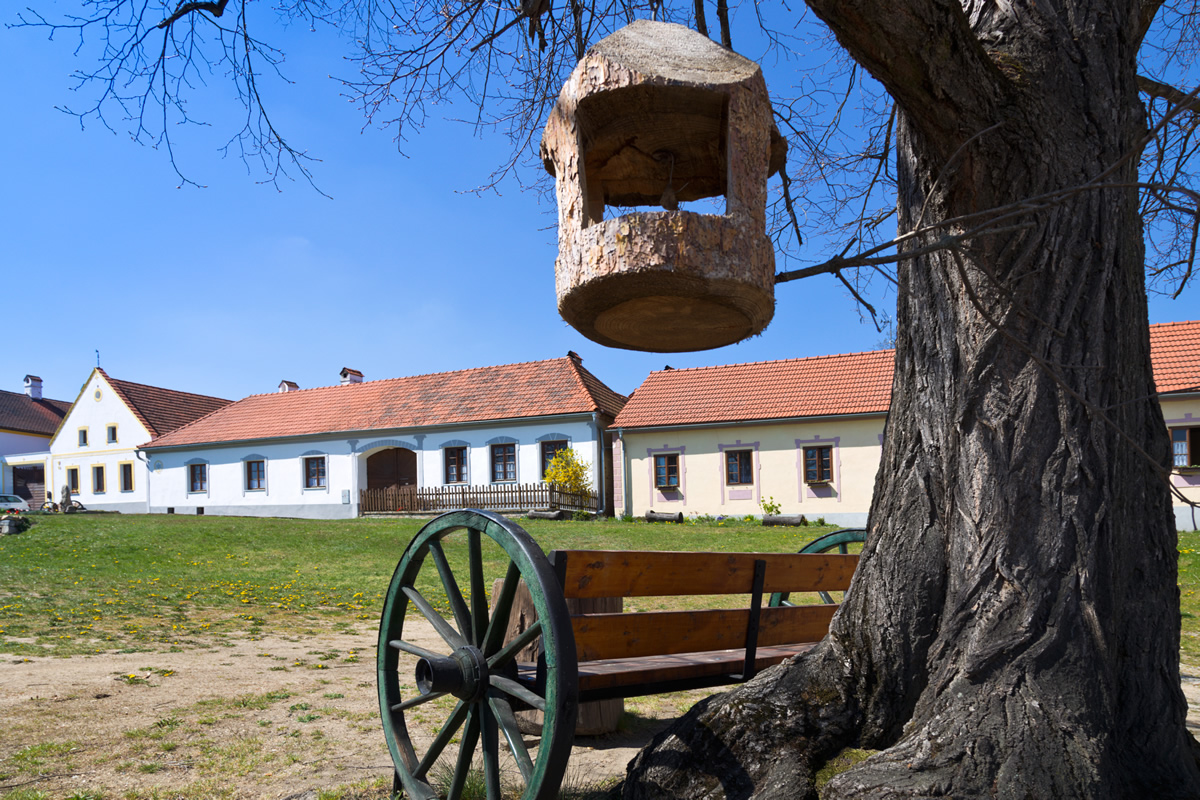
Telč (included in UNESCO World Heritage List since 1992)
Included in UNESCO List of World Cultural Values in 1992, Telč seems to begin its history from a foundation of small chapel in 1099.
However, its rapid expansion came only after 1354, interrupted by destructive
religious Hussite wars in the 15th century, from which it was recovering for long years, turning from the Gothic into Renaissance architectural style in the second half of the 16th century when the town centre acquired its appearance admired until today. Suffering again under Swedish troops during the infamous Thirty Year War, it eventually enjoyed essential development in the 18th and 19th centuries, finally being connected with the surrounding world via a railway line.
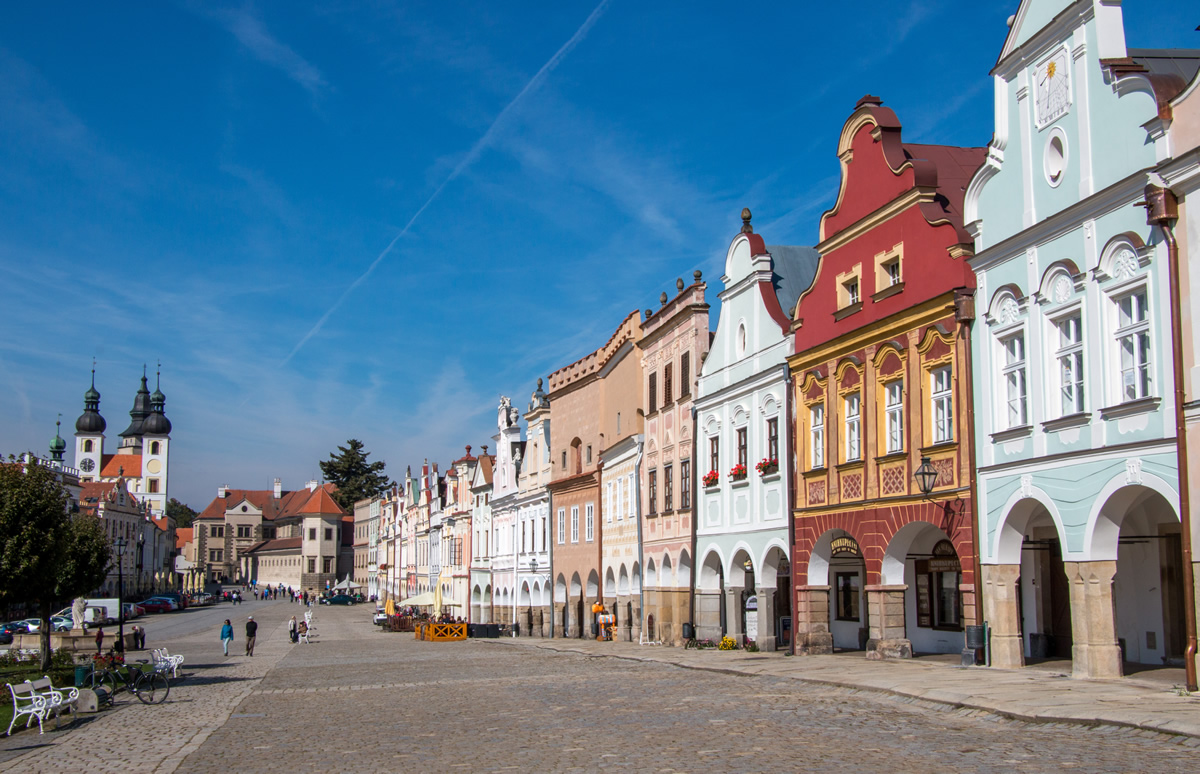
Send a request / Contact us
GDPR Consent*
All details provided by you will be held by Kompas d.o.o and used in accordance with our Privacy Notice. By clicking ‘SEND’ you consent to Kompas d.o.o companies contacting you regarding the requested offer and information about our products and services.